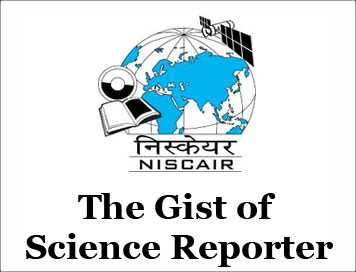(HOT) UPSC Current Affairs 2025 PDF
NEW! The Gist (NOV-2025) | E-BOOKS
(GIST OF SCIENCE REPORTER) ARBOVIRAL DISEASES
(GIST OF SCIENCE REPORTER) ARBOVIRAL DISEASES
(AUGUST-2025)
ARBOVIRAL DISEASES
The World Health Organization (WHO) has published new guidelines to support health-care providers caring for patients with suspected or confirmed arboviral diseases, such as dengue, chikungunya, Zika and yellow fever. This is the first time WHO has published global guidelines that cover all four diseases.
About Arboviral Diseases
-
Arboviral diseases are infections caused by viruses transmitted to humans through the bite of arthropods, such as mosquitoes and ticks.
-
These diseases can cause a variety of symptoms, ranging from a mild fever and rash to severe brain inflammation and bleeding.
-
Common arboviral diseases include Chikungunya, Dengue, Yellow Fever, and Zika, which are primarily spread by Aedes spp. mosquitoes, particularly Aedes aegypti and Aedes albopictus.
-
These diseases are prevalent worldwide, particularly in tropical and subtropical regions, and can lead to outbreaks and epidemics, as well as a significant public health concern.
-
Prevention and control of these diseases depend on the surveillance of the viruses and their vectors, as well as protection from mosquito bites.
Dengue
-
Cause: Infection with one of four dengue virus serotypes (Orthoflavivirus dengue 1‑4), belonging to the family Flaviviridae.
-
Symptoms: Most infected individuals are asymptomatic, but symptomatic cases typically experience an abrupt onset of high fever, body aches, arthralgia, retro-orbital headache, rash, and nausea. Symptoms usually last 2–7 days, starting with a febrile phase.
-
Treatment: No specific antiviral treatments exist; medications are used for pain and fever management.
-
Non-steroidal anti-inflammatory drugs (NSAIDs) are generally avoided due to bleeding risk.
-
Prevention: Avoidance of mosquito bites and community- level mosquito vector reduction. Vaccines are available, but their use has been limited.
-
Chikungunya
-
Cause: Infection with chikungunya virus (Alphavirus chikungunya), from the family Togaviridae.
-
Symptoms: More than half of infected patients experience symptoms, typically fever and severe, sometimes incapacitating arthralgia. Onset is usually 4-8 days post- mosquito bite.
-
Treatment: No specific antiviral treatments; medications manage pain and fever. One vaccine is approved in the USA and Europe but is not widely available for public health use.
Zika
-
Cause: Infection with Zika virus (Orthoflavivirus zikaense), from the family, Flaviviridae.
-
Symptoms: Most infected individuals are asymptomatic.
-
Symptomatic cases typically exhibit rash with pruritus, conjunctivitis, fever, myalgia, arthralgia, malaise, and headache, lasting 2-7 days.
-
Transmission: Primarily by Aedes mosquitoes, but also via mother-to-fetus transmission during pregnancy, sexual contact, and blood product transfusion.
-
Treatment: No vaccine or antivirals are currently available.
Yellow Fever
-
Cause: Infection with the yellow fever virus (Orthoflavivirus flavi), from the family Flaviviridae.
-
Transmission: Through bites of infected mosquitoes, primarily Aedes, Haemagogus, and Sabethes species.
-
Symptoms: Many are asymptomatic. Symptomatic cases usually experience fever, muscle pain (prominent backache), headache, loss of appetite, and nausea or vomiting, resolving in 3-4 days.
-
Prevention: Vaccination is the most effective preventive measure, providing lifelong immunity.
CLICK HERE TO DOWNLOAD FULL PDF
CLICK HERE TO DOWNLOAD UPSC E-BOOKS
Study Material for UPSC General Studies Pre Cum Mains
Get The Gist 1 Year Subscription Online
Click Here to Download More Free Sample Material
<<Go Back To Main Page
Courtesy: Science Reporter



